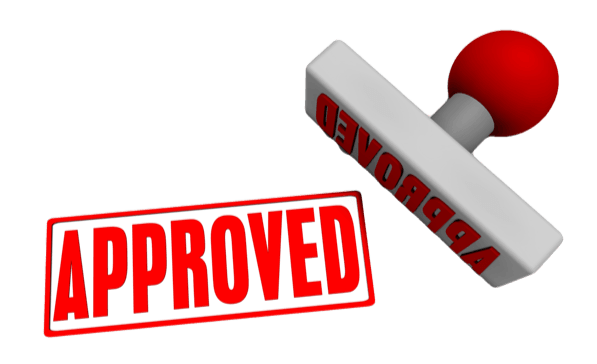Understanding How a Business Loan Works: Step-by-Step Guide

The
Securing a business loan can be a crucial step for small business owners looking to expand operations, purchase inventory, or manage cash flow. However, the process can seem daunting if you’re unfamiliar with how business loans work. This guide will walk you through the step-by-step process of obtaining a business loan, from understanding your options to getting approved and beyond.
1. Assess Your Needs
Before applying for a business loan, it’s essential to evaluate why you need the loan and how much you require. Ask yourself the following questions:
- What will the loan be used for?
- How much money do you need?
- What is your repayment plan?
Having a clear purpose and understanding of your financial needs will help you choose the right type of loan and lender.
2. Understand Different Types of Business Loans
Business loans come in various forms, each with specific terms and purposes. Here are some common types:
Term Loans
These are traditional loans where you receive a lump sum upfront and repay it over a fixed period with interest. They are suitable for large, one-time expenses like purchasing equipment or expanding your premises.
Business Lines of Credit
A line of credit allows you to borrow up to a certain limit and pay interest only on the amount you use. This option is ideal for managing cash flow and covering short-term expenses.
SBA Loans
Small Business Administration (SBA) loans are government-backed loans with favorable terms and lower interest rates. They are highly sought after due to their benefits but can be more challenging to qualify for.
Equipment Financing
This type of loan is specifically for purchasing business equipment. The equipment itself often serves as collateral, making it easier to qualify.
Invoice Financing
If you have outstanding invoices, you can use them to secure a loan. The lender advances a percentage of the invoice amount, which helps with cash flow issues.
3. Check Your Credit Score
Your personal and business credit scores play a significant role in the loan approval process. Lenders use these scores to assess your creditworthiness. Ensure your credit report is accurate and address any discrepancies before applying. A higher credit score can help you secure better loan terms and lower interest rates.
4. Gather Necessary Documentation
Lenders require various documents to evaluate your loan application. Commonly requested documents include:
- Business plan
- Financial statements (income statement, balance sheet, cash flow statement)
- Tax returns (personal and business)
- Bank statements
- Legal documents (business licenses, articles of incorporation)
- Details of collateral (if applicable)
Having these documents ready can expedite the application process.
5. Research Lenders
Different lenders offer different loan products and terms. Research various options, including banks, credit unions, online lenders, and alternative financing sources. Compare interest rates, repayment terms, fees, and customer reviews to find the best fit for your business needs.
6. Submit Your Application
Once you’ve chosen a lender, it’s time to submit your loan application. Ensure that your application is complete and accurate to avoid delays. Be prepared to answer questions and provide additional information if requested.
7. Review Loan Offers
If your application is approved, you will receive loan offers outlining the terms and conditions. Carefully review these offers, considering the interest rate, repayment schedule, fees, and any other relevant terms. Don’t hesitate to negotiate with lenders to secure the best possible deal.
8. Accept the Loan and Disbursement
After selecting the best loan offer, formally accept it. The lender will then disburse the funds, which can take a few days to a few weeks, depending on the type of loan and lender.
9. Repay the Loan
Make timely payments according to the agreed-upon schedule. Consistently repaying your loan will help build your business credit, making it easier to secure financing in the future. Consider setting up automatic payments to avoid missing any due dates.
10. Monitor Your Financial Health
After securing a business loan, it’s essential to monitor your financial health. Keep track of your income and expenses, and regularly review your financial statements. This will help you stay on top of your loan payments and ensure that your business remains financially stable.
Wrap Up
Understanding how a business loan works and following these steps can significantly increase your chances of securing the financing you need to grow your business. By assessing your needs, understanding different loan options, maintaining a good credit score, and choosing the right lender, you can navigate the loan process with confidence.
Take the Next Step – Contact American Capital Express Today!
If you’re ready to take the next step in securing a business loan, contact us today. Our team of experienced loan brokers is here to help you through the process of finding the best financing solutions tailored to your unique needs. Reach out today!









